Compressed air energy storage refers to the energy storage method of using
electrical energy to compress air during the low load period of the power grid,
and releasing compressed air to drive the turbine to generate electricity during
the high load period of the power grid. The main forms include traditional
compressed air energy storage systems, compressed air energy storage systems
with heat storage devices, and liquid gas compressed energy storage systems.
There are also various forms of compressed air energy storage systems,
which can be divided into traditional compressed air energy storage systems
(requiring fossil fuel combustion), compressed air energy storage systems with
heat storage devices, and liquid gas compressed energy storage systems according
to the working medium, storage medium, and heat source.
Compressed air energy storage technology is a technology that uses
compressed air to store energy. At present, compressed air energy storage
technology is considered the second largest technology suitable for GW level
large-scale power storage, following pumped storage.
The working principle of compressed air energy storage is to use electrical
energy to compress air to high pressure during low electricity consumption
periods and store it in caves or pressure vessels, converting electrical energy
into internal energy for air storage; During peak electricity usage,
high-pressure air is released from the gas storage chamber and enters the
combustion chamber for combustion. After heating up with fuel combustion, the
turbine is driven to generate electricity.
What are the advantages of flywheel energy storage systems compared to
other power storage technologies
Flywheel energy storage technology is an energy storage technology that
accelerates the flywheel (rotor) to a very high speed and stores the energy in
the system as the rotational energy (angular kinetic energy) of the rotor.
The biggest advantage of a flywheel energy storage system is its extremely
fast charging speed, which can increase the rotor speed to its maximum within a
few minutes, reaching its energy storage capacity limit. Compared with other
power storage technologies, flywheel energy storage systems have the following
advantages:
1. Very long service life: The new generation of flywheel energy storage
systems generally use magnetic bearings, which allows the flywheel energy
storage system to operate stably for decades with almost no maintenance
required.
2. Multiple charging times for energy storage: Generally, lithium batteries
only charge a few thousand times, but flywheel energy storage systems can charge
100000 to 1 million times or more.
3. High energy density: Flywheel energy storage technology has a very high
energy density, approximately 100-130W · h/kg, or 360-500kJ/kg.
4. Very high maximum power input/output: The flywheel energy storage system
has a very fast charging speed, and currently a typical flywheel energy storage
system has a capacity range of approximately 3kWh to 133kWh, which can be
charged in 15 minutes. At the same time, all of this energy can be released in a
very short period of time.
Read recommendations:
SPS-002wall mounted home energy storage system
panel solar portable
home energy battery storage wholesaler
Fire prevention strategies for lithium-ion battery energy storage systems
Photovoltaic power generation for energy conservation, environmental protection, and stable power supply.power station portable solar Sale






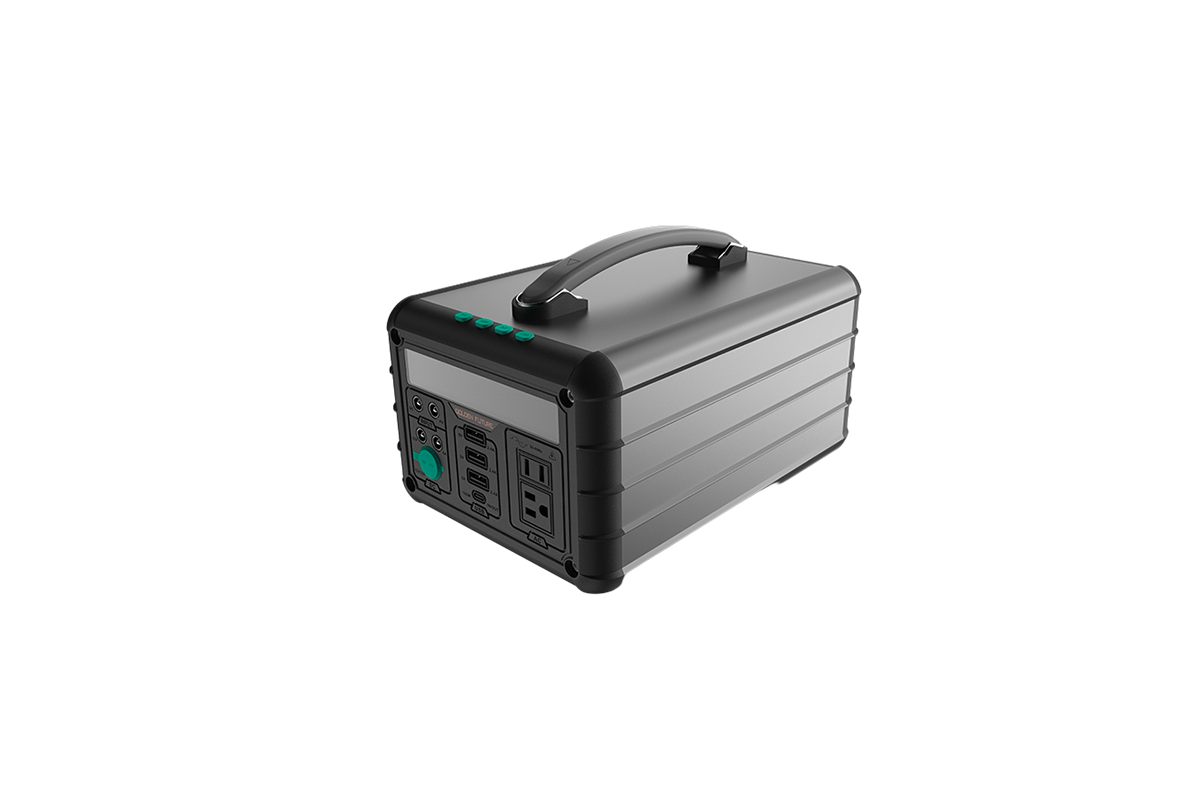
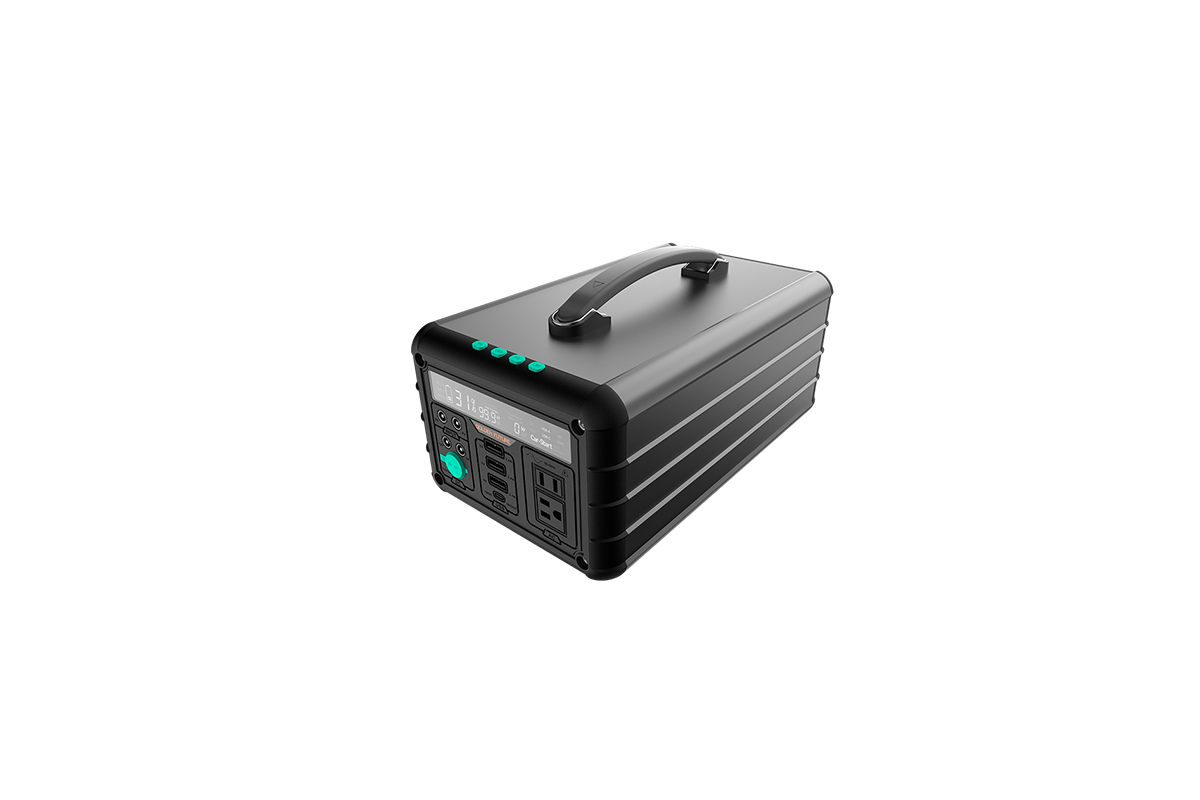
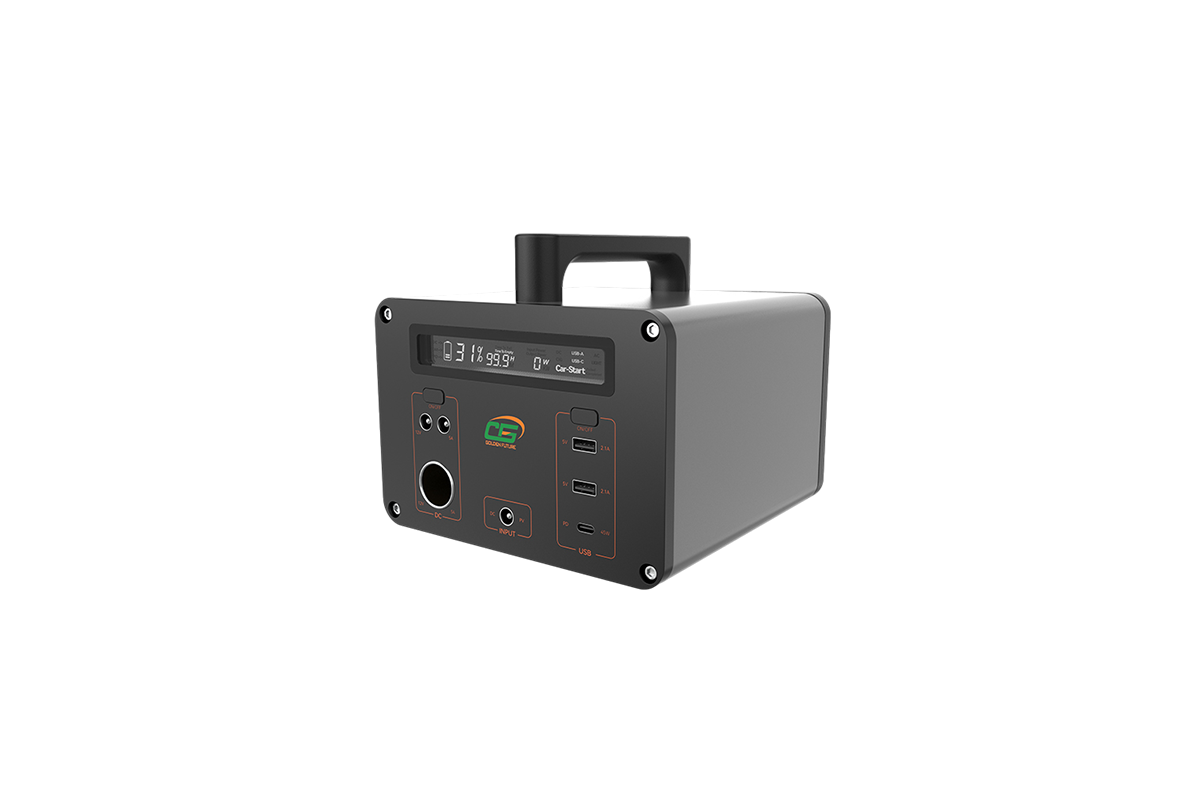
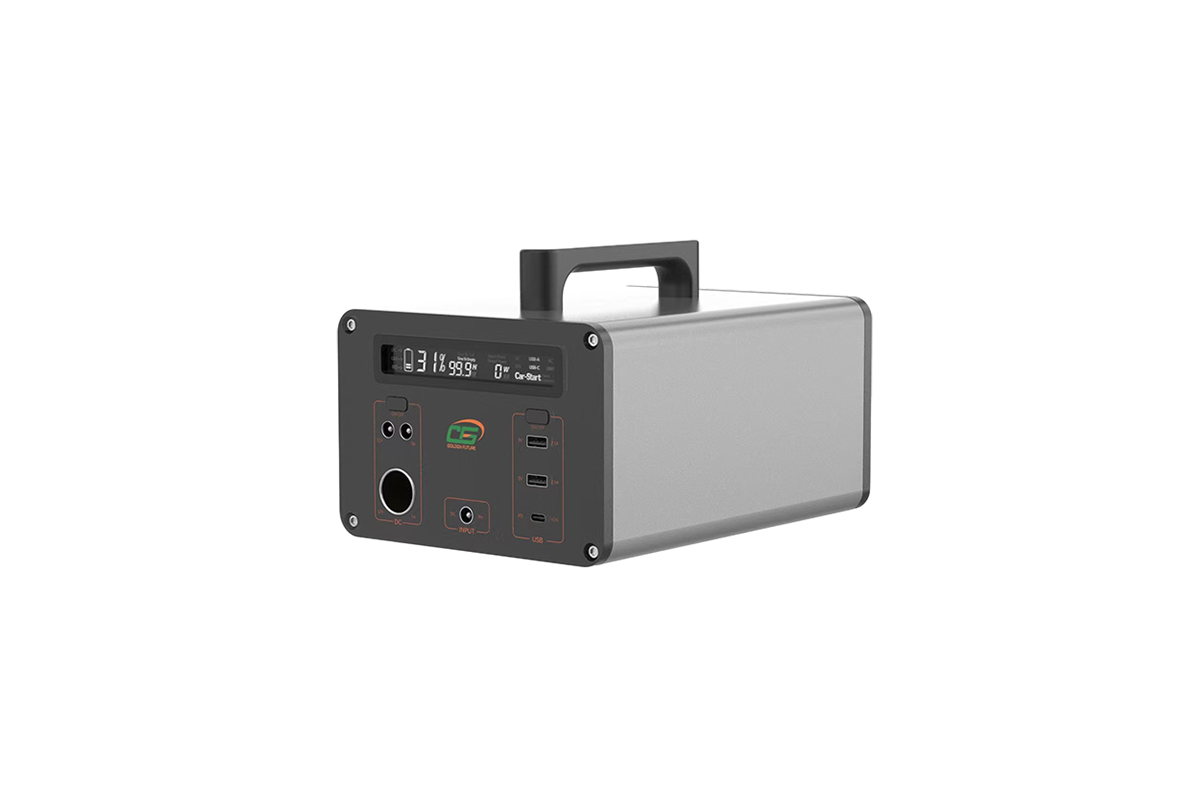
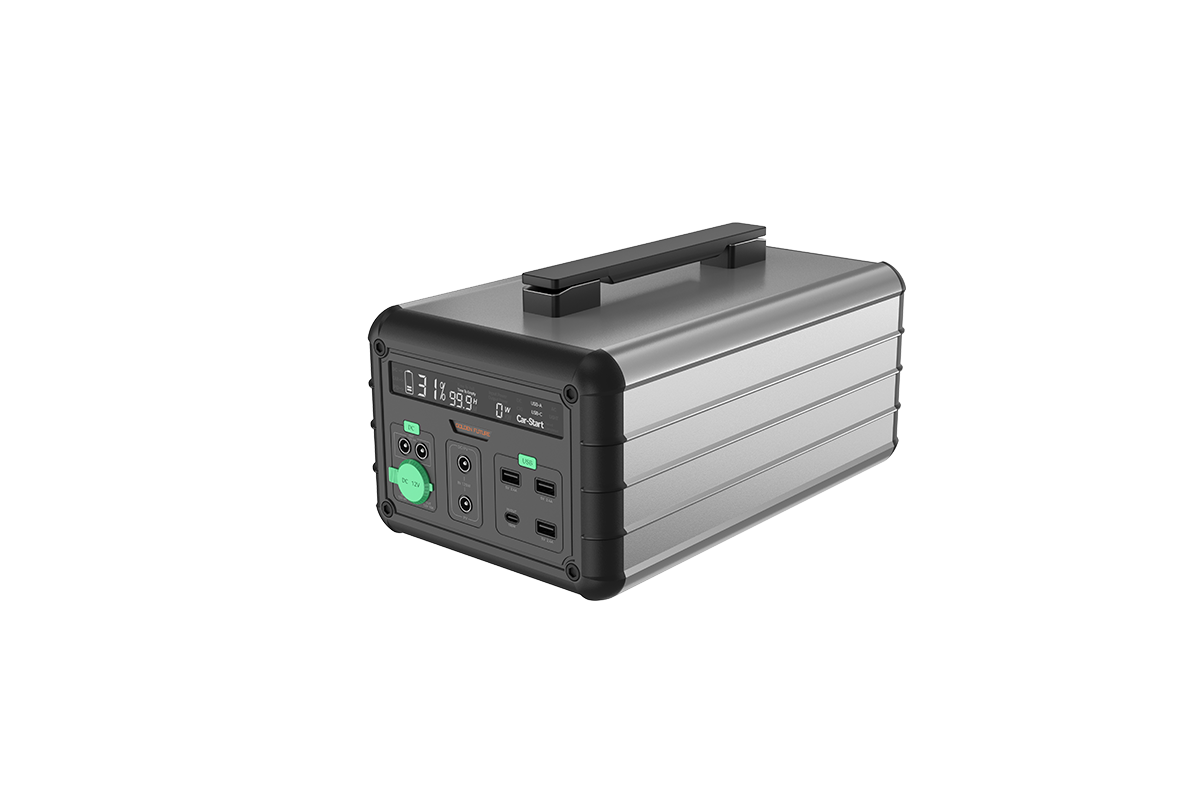
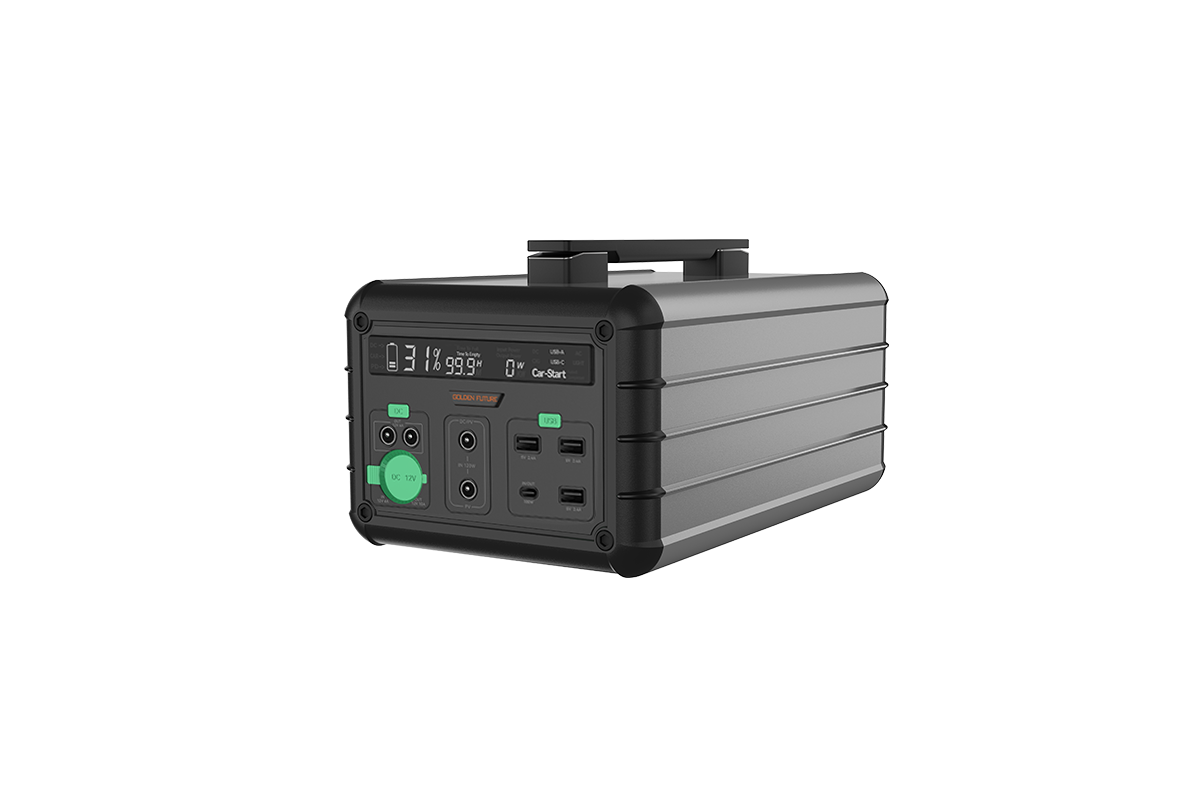
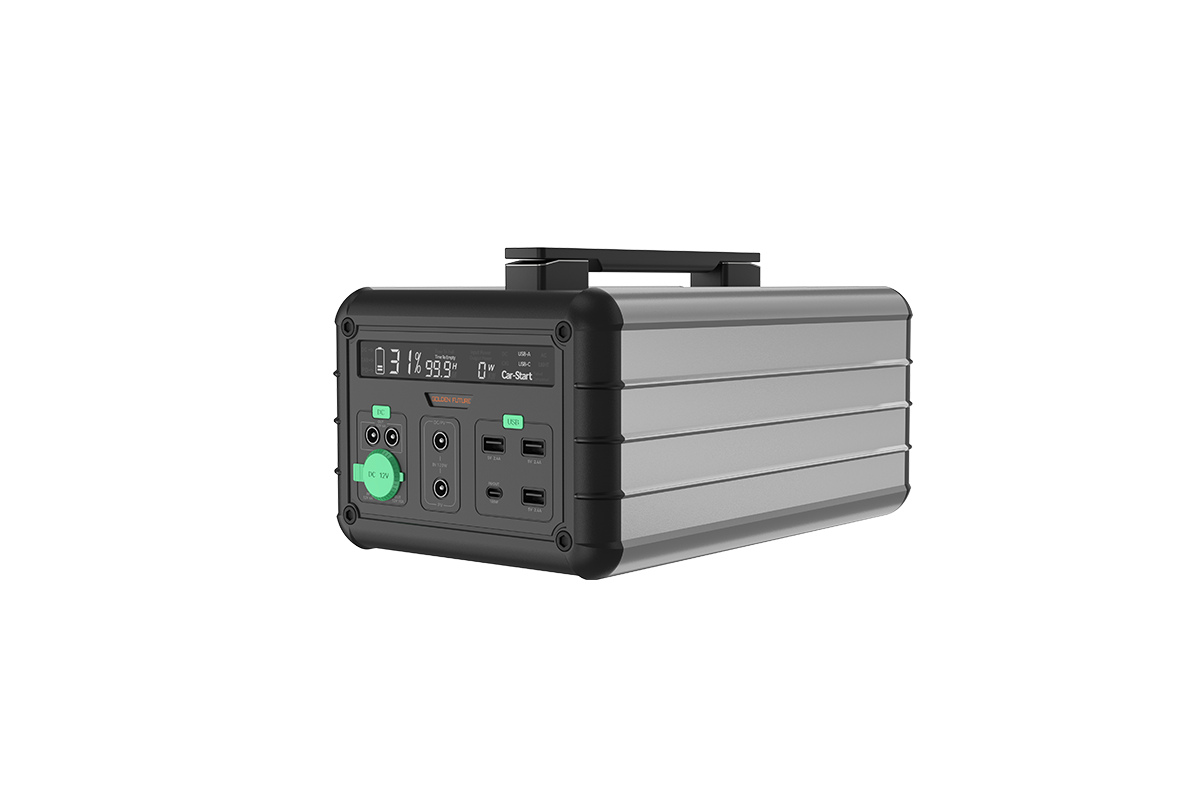
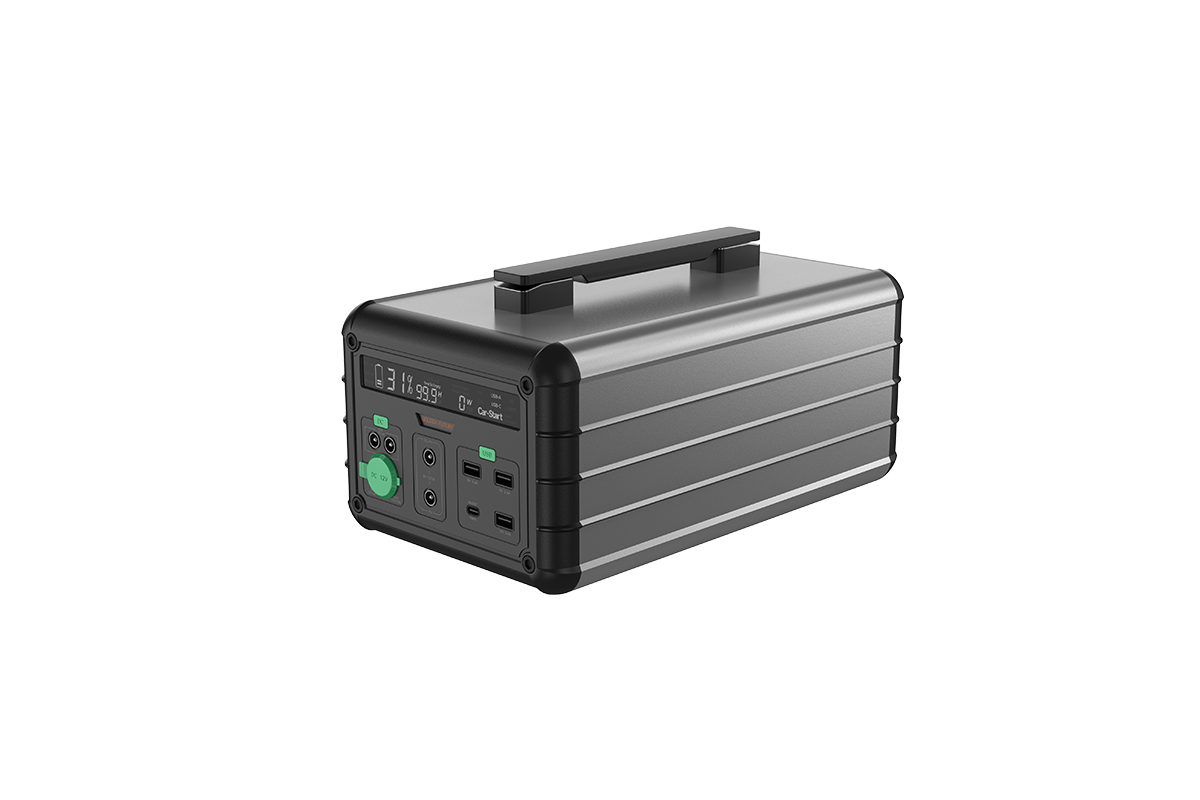
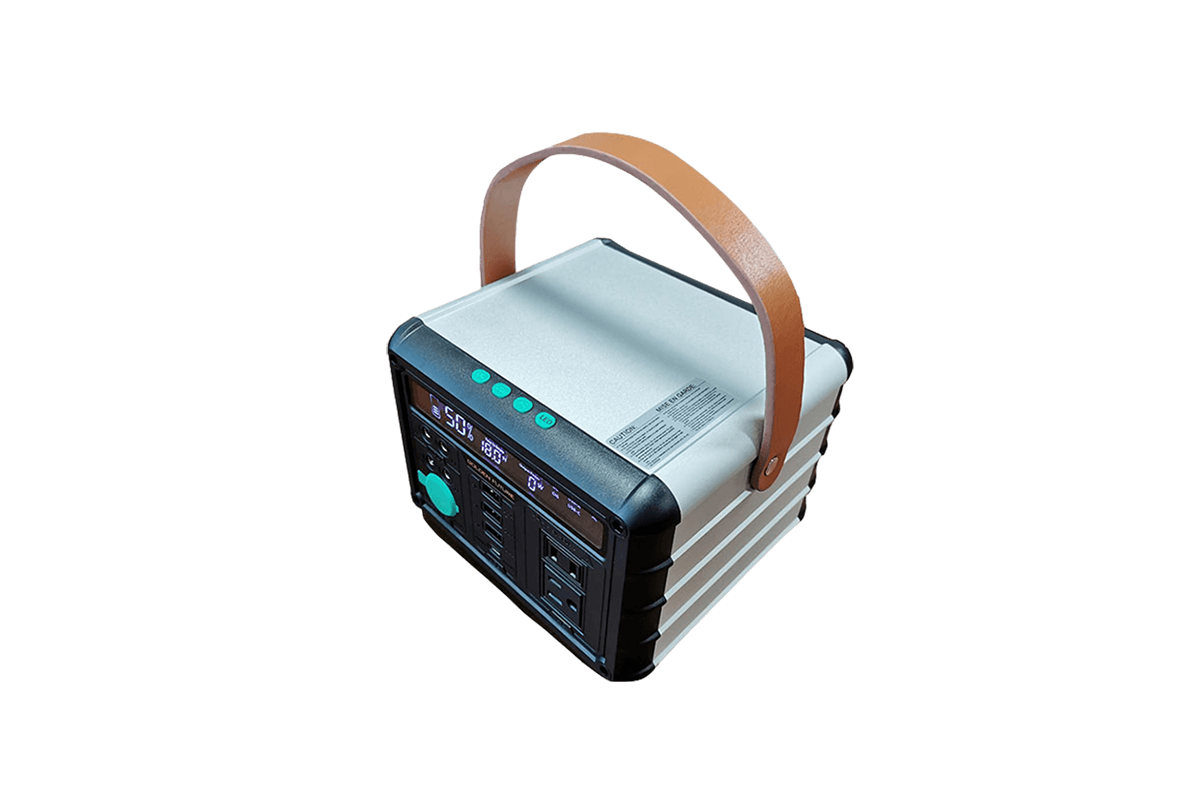
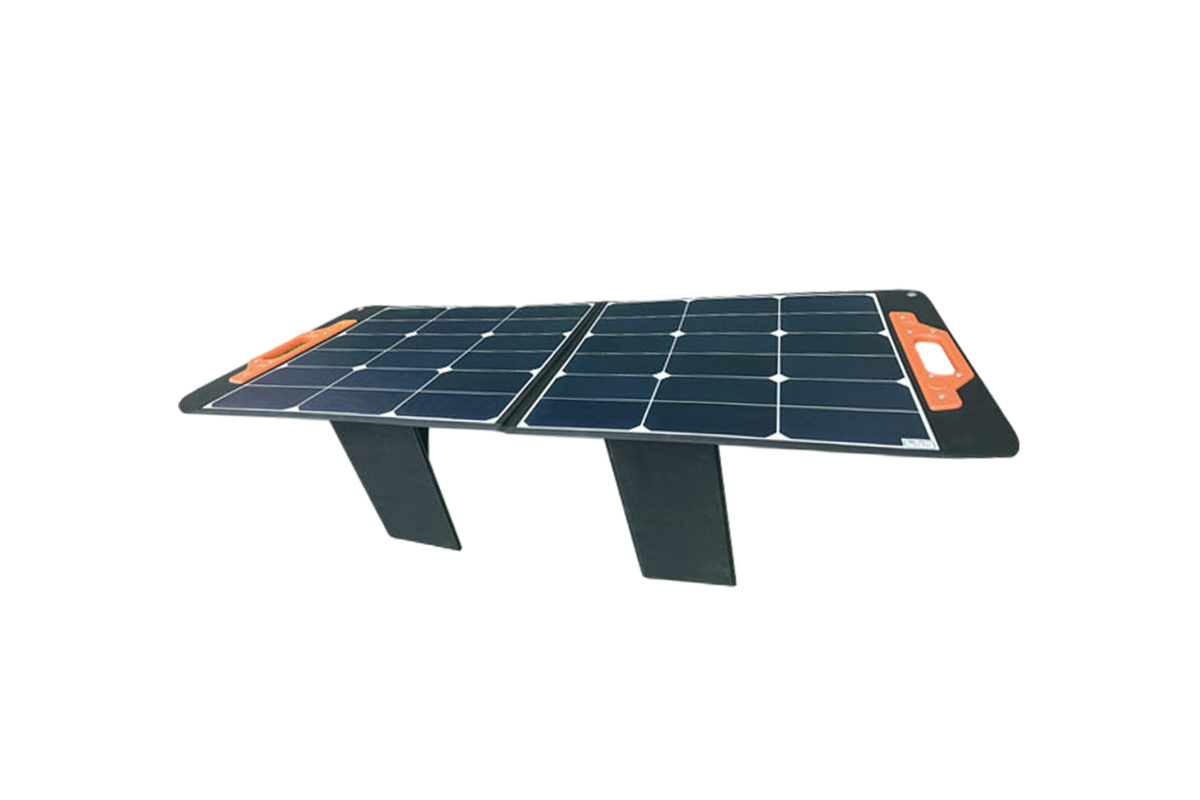
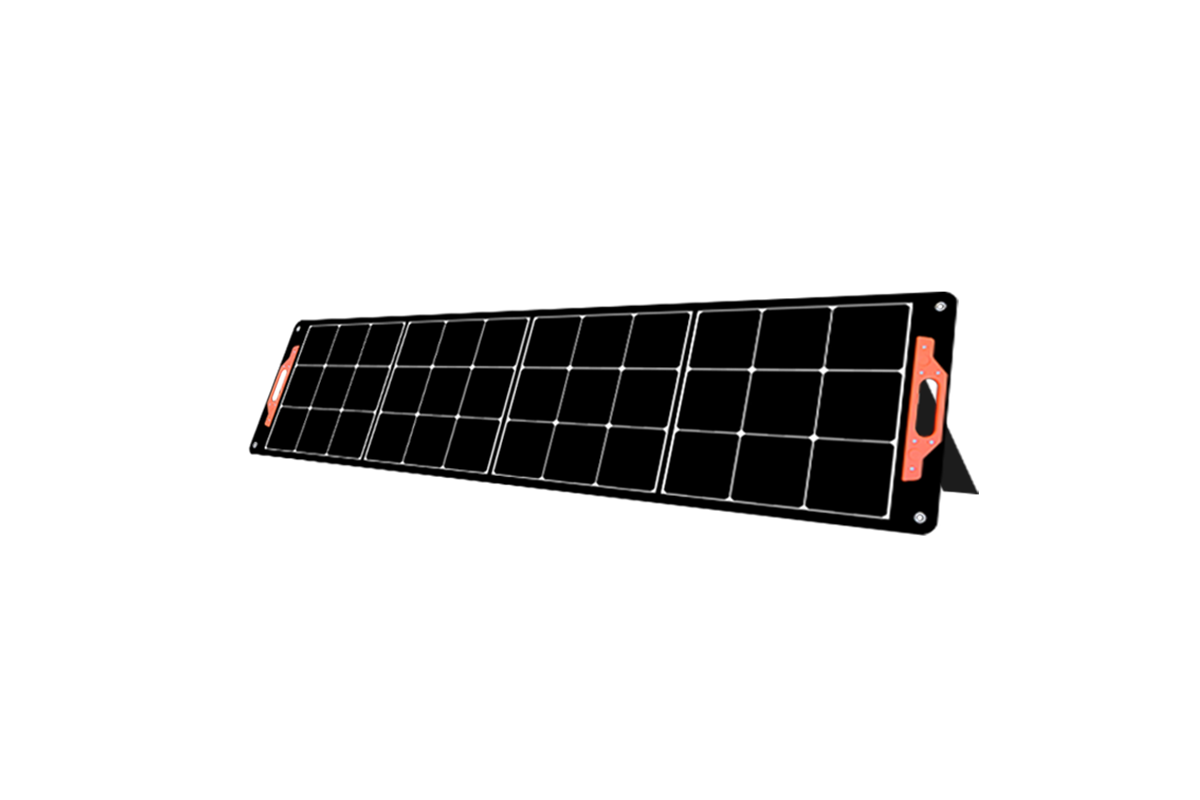


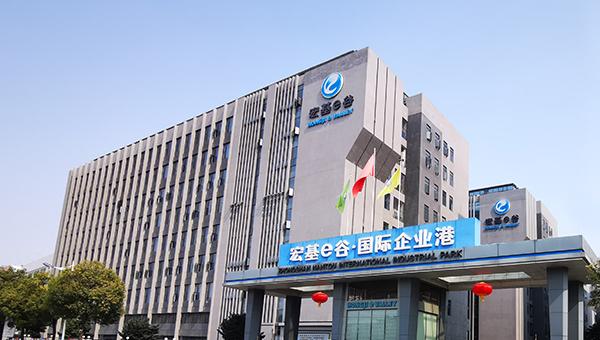


 Home >
Home > 







 Inquiry
Inquiry